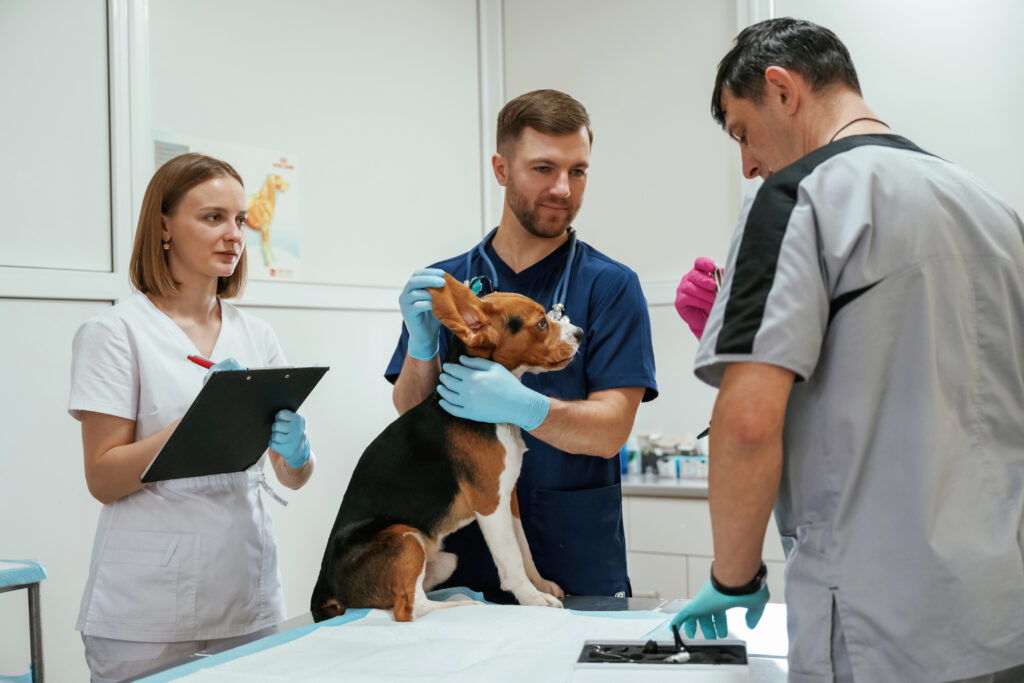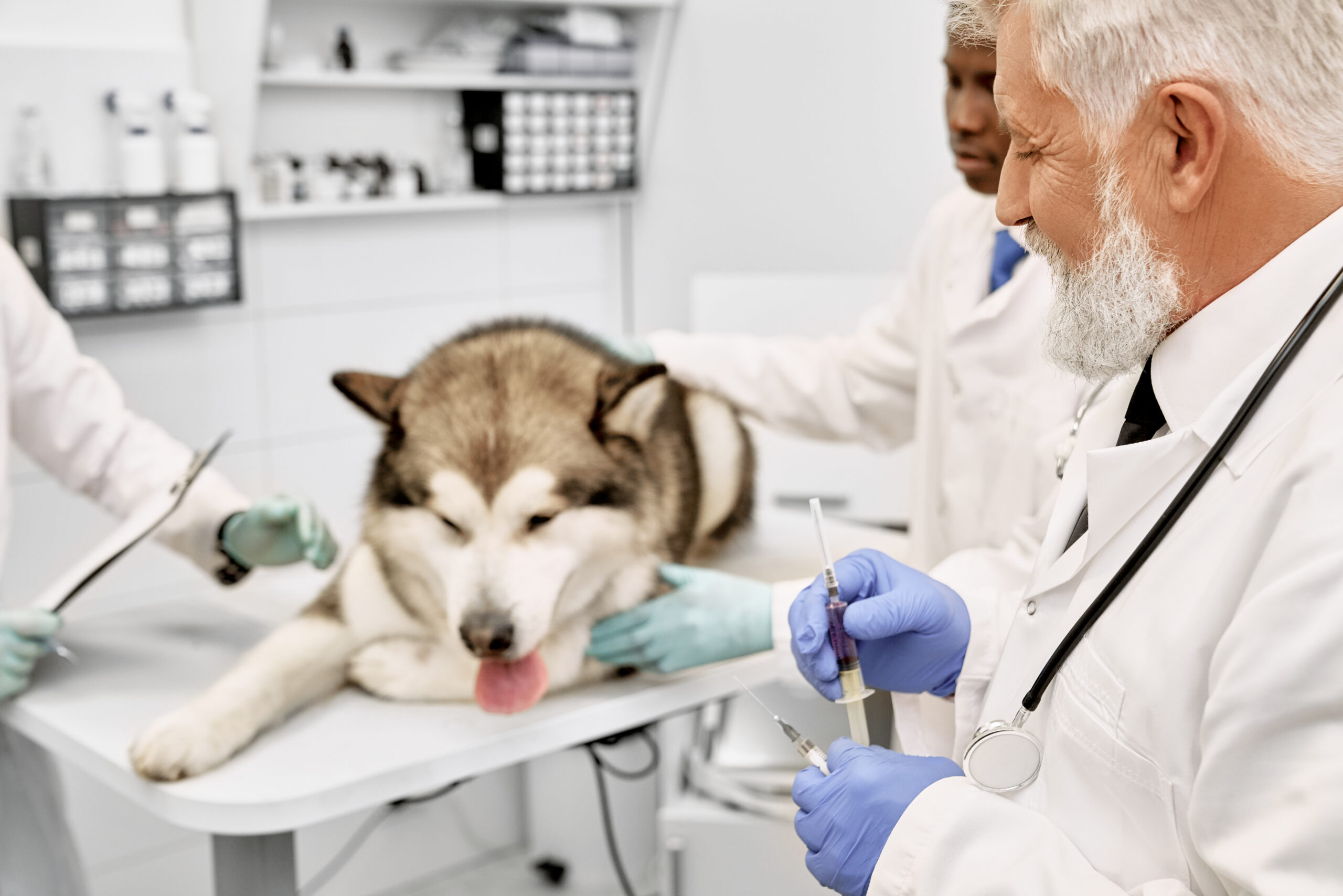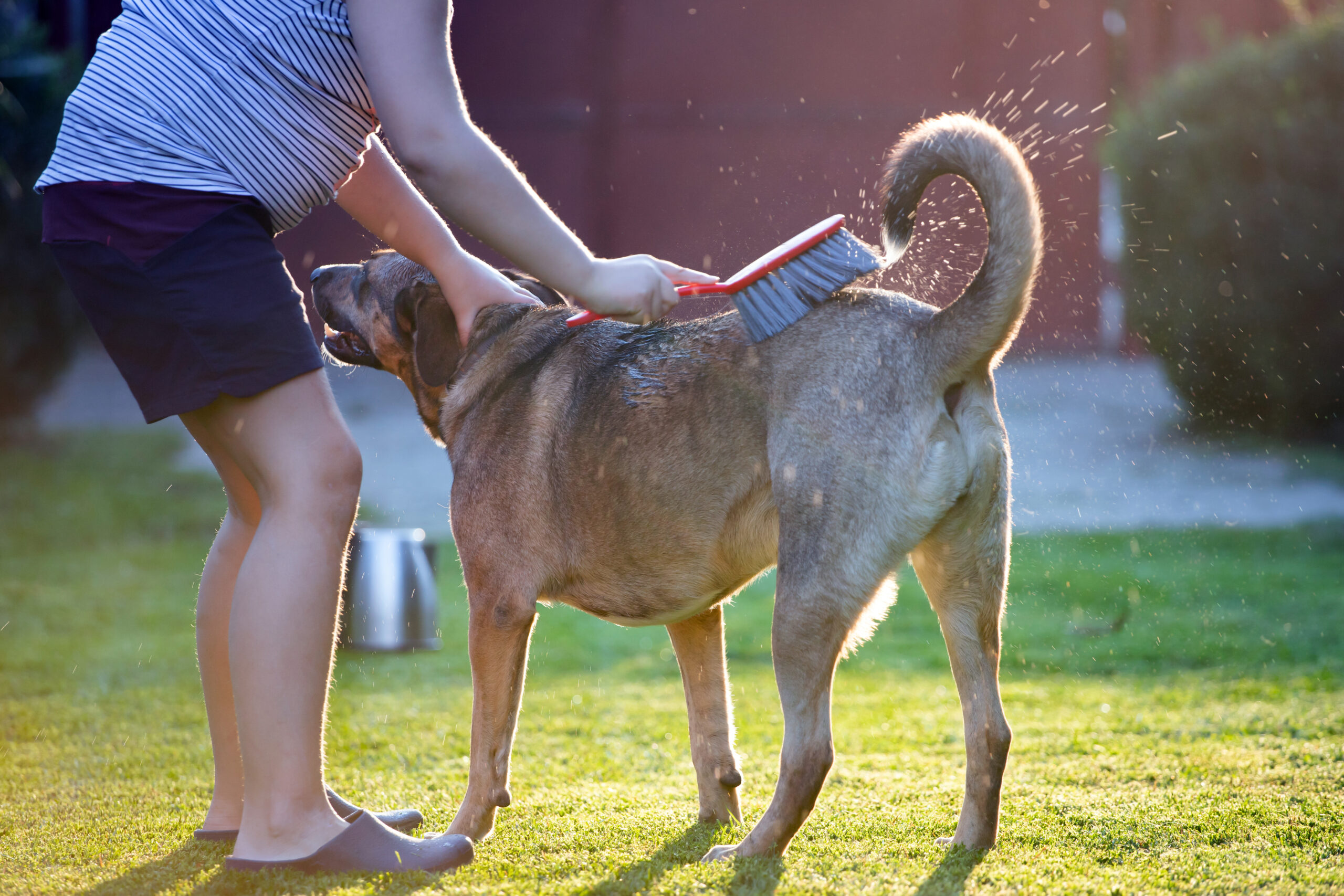1 October 2025
As pet parents, hearing that our furry family member needs to undergo anesthesia can be nerve-wracking. Whether it's for a routine dental cleaning, a spay/neuter procedure, or a more complex surgery, we want to ensure they are as safe as possible.
The good news is that veterinary anesthesia is safer today than ever before. While any anesthetic procedure carries inherent risks, modern veterinary medicine has established protocols to significantly minimize them. Understanding these safety measures can empower you to have a more confident conversation with your veterinarian and ensure your pet receives the best care.
Here are the five essential things your pet needs when going under anesthesia.
Pre-Anesthetic Blood Work: A Look 'Under the Hood'
Before a procedure, your veterinarian will likely recommend pre-anesthetic blood work. Think of this as a crucial safety check that gives a snapshot of your pet's internal health.
This simple blood test evaluates the function of your pet's vital organs, particularly the liver and kidneys, which are responsible for processing and eliminating anesthetic agents from the body.

- What it reveals: The results provide your veterinarian with critical information about how well these organs are working.
- How it customizes care: If the results show a potential issue, like slightly elevated liver values, your vet can tailor the anesthesia protocol specifically for your pet. They might choose a different anesthetic drug that is less taxing on the liver, ensuring a safer process.
- When to postpone: In some cases, if the blood work reveals a significant risk, your veterinarian may recommend postponing an elective procedure to address the underlying health issue first.
While you may be given the option to decline this test, it’s a vital tool for ensuring your pet's safety. For pets aged two or three and older, a more comprehensive panel is often recommended annually to monitor their ongoing health.
IV Catheter and Fluids: A Direct Lifeline
During the procedure, you’ll want your pet to have an intravenous (IV) catheter and receive intraoperative fluid therapy. This isn't just an add-on; it's a fundamental part of modern anesthetic safety.
An IV catheter is a small tube placed directly into your pet’s vein. This provides a direct, immediate line for two critical purposes:
- Emergency Access: Should any unexpected event occur, like a sudden drop in blood pressure or an arrhythmia, the IV catheter allows the veterinary team to administer life-saving emergency drugs instantly.
- Hydration and Blood Pressure Support: IV fluids help maintain your pet's hydration and blood pressure throughout the procedure. Stable blood pressure ensures that vital organs like the kidneys, heart, and brain continue to receive a healthy supply of oxygen-rich blood.
Comprehensive Monitoring: The Watchful Eye

You won't be in the operating room, but a trained veterinary technician or assistant should be, acting as a dedicated anesthetist for your pet. Their job is to closely monitor your pet’s vitals from the moment they are sedated until they are fully awake.
This dedicated assistant uses advanced monitoring equipment to keep a constant watch over:
- Heart Rate and Rhythm: To ensure the heart is handling the anesthesia well.
- Oxygen Saturation (SpO2): A pulse oximeter checks that your pet's blood is carrying enough oxygen.
- Carbon Dioxide Levels (CO2): A capnograph monitors breathing effectiveness.
- Blood Pressure: To ensure organs are being properly perfused with blood.
- Temperature: Anesthesia can cause a drop in body temperature, so keeping your pet warm is crucial for a smooth recovery.
This continuous, detailed monitoring allows the veterinary team to catch and correct subtle changes before they can become serious problems.
Thorough Management: Before, During, and After
Excellent anesthetic care extends beyond the procedure itself. It involves a complete management plan that includes a thorough examination and appropriate medications at every stage.
Your veterinarian should conduct a full physical exam before the procedure to ensure your pet is healthy enough for anesthesia. Throughout the process, they will administer medications tailored to your pet's needs, which may include:
- Pre-operative antibiotics to prevent infection.
- Multi-modal pain medications (given before, during, and after) to keep your pet comfortable and reduce stress.
- Nerve blocks or epidurals for targeted pain relief during certain procedures.
Proper pain management isn't just about comfort—it's clinically proven to lead to smoother, faster recoveries. For this reason, many veterinarians consider pain medication a mandatory part of the process, not an optional one.
Clear Education and Discharge Instructions: Your Role in Recovery
A strong, open relationship with your veterinary team is key. Don't be afraid to ask questions! Understanding what to expect before you even leave for the clinic can make the entire process less stressful for both you and your pet.
When it's time to go home, a veterinary technician or assistant will provide discharge instructions. While these are often detailed, it's a great time to clarify anything you're unsure about. A crucial part of your role begins at home, especially in the first 24 hours.
A Common Post-Anesthesia Tip: Nausea is a frequent side effect. Follow this simple protocol at home:
Once home, offer your pet a small amount of water.
If they keep the water down for 30-60 minutes, you can offer a small meal (about a quarter of their usual portion).
If your pet vomits, withhold food and water for another two hours, then try again with a small amount of water.
If vomiting persists, or if your pet seems excessively groggy, pained, or hasn't eaten within 24 hours, contact your veterinarian immediately.
Conclusion: Partnering with Your Vet for Peace of Mind

Putting your beloved companion under anesthesia requires trust. By ensuring these five key elements are in place, you are taking a proactive role in their safety and well-being. These steps, which are standard in human medicine, are becoming the gold standard in veterinary care for a reason—they work.
Talk to your veterinarian about their specific anesthesia and monitoring protocols. An open conversation will give you the peace of mind that your pet is in the best possible hands.




